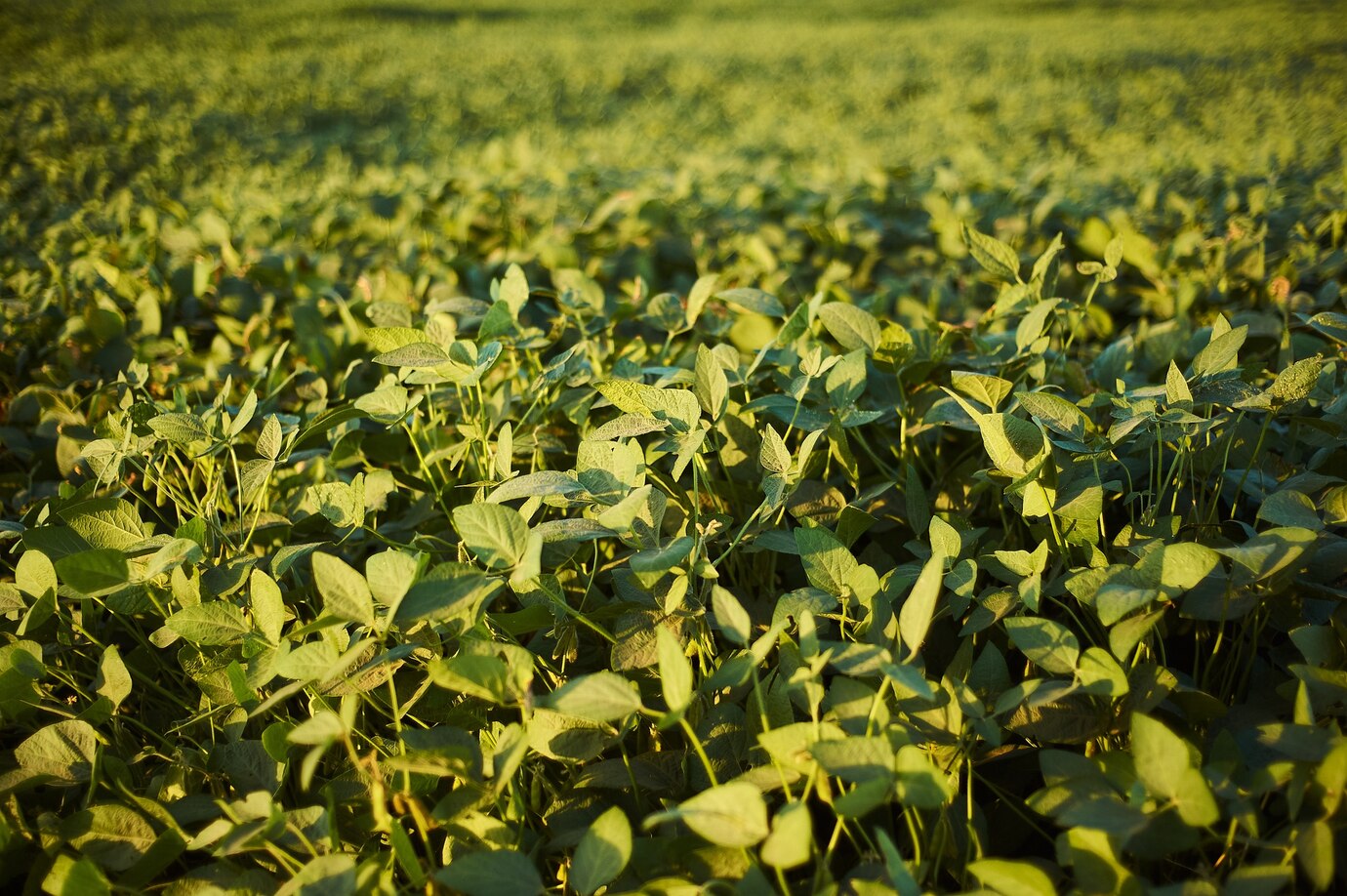This year marked the third drought impacted growing season in a row for much of the Western Corn Belt. This year’s drought was more severe than last year for much of Iowa as well as Nebraska and South Dakota. Minnesota and North Dakota improved compared to last year and the Eastern Corn Belt had generally favorable weather. When the drought started in 2020, it was considered a “flash drought” because of how it rapidly went from typical May & June weather to extreme hot and dry in July and August. We were not expecting the dry pattern to stick around this long.
The U.S Drought Monitor uses a five-category system – from Abnormally Dry (D0) to Exceptional Drought (D4). About 80% of Iowa is in one of these categories, including 5% of Iowa in the Extreme (D3) Drought. The extreme drought areas in Iowa are all in Northwest Iowa – Plymouth, Woodbury, Cherokee, and parts of O’Brien, Clay, Buena Vista, Palo Alto, and Pocahontas. What makes this drought significant is not so much its severity in crop loss, but how it has persisted. Most areas had just enough small rain events to make a reasonable crop but not nearly enough to replenish the water table, so the groundwater deficit continues to grow. The Little Sioux River measured in Correctionville, IA is running at or below its lowest water level since 1956. Local lakes, ponds, creeks, and wells also show longterm drought stress.
Harvest progressed rapidly this fall thanks to low humidity, warm temperatures, wind, and almost no rain delays. This was one of the smoothest harvest seasons I can remember. Many farmers were done by mid-October – well ahead of normal. Dry conditions caused dangerous fire hazards in the fields, but on the positive side, dry soil greatly reduced compaction from heavy equipment. The early harvest also allowed more time for field work, fertilizer applications, and other projects.
Crop yields this year, as expected, were all over the board but for the most part better than expected. It is no surprise that rainfall amounts made a big difference on yields. We noted a top to bottom range of more than 5 inches this season accumulated in Northwest Iowa alone. That made a world of difference! Most of the rainfall this season came from “pop-up” storms rather than widespread rain. Many farmers shared in the frustration of regularly missing rain events that may have come within only a few miles of their farm.
Soil quality was equally important as rainfall this year in driving crop yields. A big part of soil quality comes down to water holding capacity which starts with texture (sand, silt, and clay). The soil type classification and the Iowa Corn Suitability Rating (CSR & CSR2) value provide a very good clue of a soils inherent productivity or “soil quality”. Soil texture, classification type, depth, and CSR value cannot be changed by farming practices. Not all soil was created equal, and that’s a big reason why some farms are worth a lot more than others. It’s also why knowing differences in soils is a critical part of evaluating a farm.
There are, however, other soil factors that can be changed over time based on management practices. Fertility is at the top of that list, especially important on dry years. Crops need water to move nutrients into roots, so nutrient concentrations must be adequate within the limited soil water. We monitor soil fertility by grid sampling every four years. Fertility is improved by adding commercial fertilizer, manure, and maintaining the proper pH. Organic matter and crop residue are also very beneficial during a drought. Crop residue slowly builds/maintains organic matter, retains soil moisture, reduces soil temperature, and improves water infiltration during a rain event. Organic matter improves the soil in so many ways including water holding capacity, beneficial microorganisms, improved soil structure, aids in building fertility, and overall improved soil health. Organic matter and residue both increase by reducing tillage, raising crops to the fullest capacity, applying manure / fertilizer, and using cover crops. Changes in organic matter occur very slowly. A realistic goal may be to increase your farms organic matter by 1% over 10 years. That does not sound like much, but a 1% increase in organic matter increases your soil’s waterholding capacity by about seven-tenths of an inch of rain along with many other benefits.
- Other observations about crop performance this season include:
- Trend favoring fuller season varieties – full season corn and soybeans can take advantage of the long, warm growing seasons we have had recently.
- Hybrids that are bio-engineered to include drought “tolerant” genetics. Seed companies are constantly working to improve drought tolerance.
- Early planted corn and soybeans seem to be performing better in years like this, but there is a fine line when planting too early if it causes the stand quality to suffer.
- Benefit of rotating crops – we have noted continuous corn will take more rain than corn following soybeans. In addition, continuous corn requires more fertilizer.
- Importance of weed control – weeds compete with
the crops for water. - Plant population – reducing plant populations can increase yields when moisture is limited. However, you don’t want to limit yield potential on your best producing soils, so variable rate seeding based on soil quality makes sense especially when drought is a concern.
- Fungicide applications – even though plant diseases are usually minimal during drought years, we still see a positive yield impact from fungicide treatments to improved plant health.
We are already worrying about water for next year. Our subsoil moisture reserves are depleted. Quality Iowa soil can hold around 10 inches of water in the top 5 feet of soil. It is unlikely that supply will be replenished before next spring. Eventually the pendulum will swing, and we will get more rain than we can handle. As always, we have to be ready for whatever Mother Nature throws at us.
South Dakota Progress Report
Stalcup Ag Service is working with more farms in South Dakota every year. The primary managers active in South Dakota are Kent Smith, Chad Husman, and Vince Hanson. Vince lives in South Dakota, so he helps keep the rest of us up to date between farm visits. Below is the latest update from Vince:
The I-29 corridor along the east side of South Dakota almost to the North Dakota border had a somewhat good crop. Although the South Dakota Drought Monitor map shows most of this area to be “abnormally dry
(DO)” compared to a very large area basically either side of the James River experiencing “moderate drought (D1)” to “severe drought (D2)”. The best yields seem to be just north of Sioux Falls depending on soil types. The beans in this area matured very uneven because of September rain showers.
As you move farther west or south the yields fall off dramatically. Most farms had smaller crops than expected, but there were exceptions to that also. On the positive side, more acres were able to be planted this spring than in recent years. After the extreme wet years of 2018 and 2019, basically all acres lost to flooding were planted this year.
Recent land sales remain extremely strong even in the severe drought-stricken areas and especially in and around the Sioux Falls metro area.



